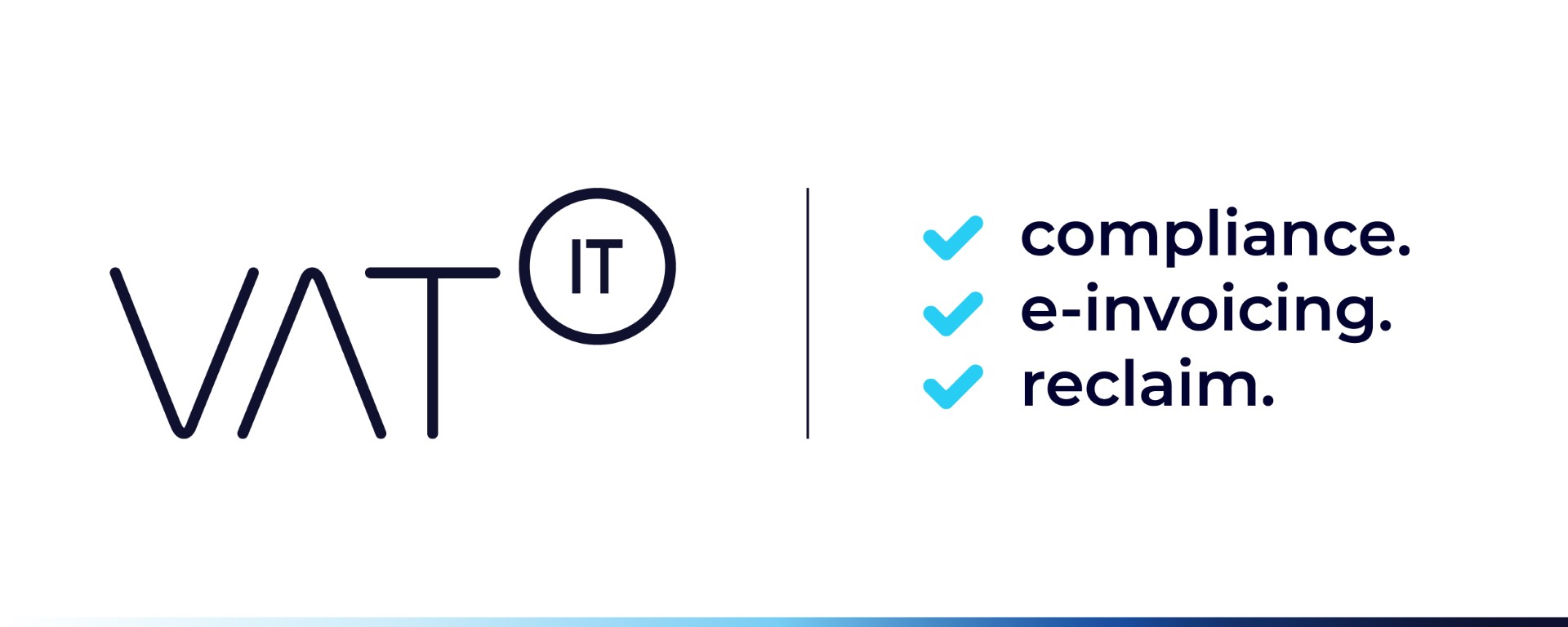The VAT gap is measured by comparing the net VAT total theoretical liability (VTTL) with actual receipts (this is comparing the amount of VAT HMRC expects to receive and the VAT HMRC actually receives). The VAT gap methodology uses a ‘top-down’ approach.
Preliminary estimate of the VAT gap for tax year 2021 to 2022
The table below shows the headline figures used to produce the preliminary VAT gap estimate for tax year 2021 to 2022.
| Financial year | Net VAT total theoretical liability | HMRC net VAT receipts | Net VAT receipts related to net VAT total theoretical liability in 2021 to 2022 | VAT gap (point estimate) | VAT gap (per cent) |
|---|---|---|---|---|---|
| 2021 to 2022 | £143.8 billion | £157.3 billion | £133.9 billion | £10.0 billion | 6.9 |
Source gov.uk
Latest Posts in "United Kingdom"
- Understanding VAT: How It Works, Its Impact, and Options for Reform in the UK
- UK Tribunal Rules Locum Doctor Supplies via Agencies Are VAT Exempt for NHS Trusts
- VAT Rules for Workwear, Uniforms, and Staff Clothing: What Businesses Need to Know
- Understanding E-Invoicing: Benefits, Challenges, and the Future for UK Businesses and Government
- How Overseas Businesses Can Reclaim UK VAT: Eligibility, Deadlines, and Key Conditions















